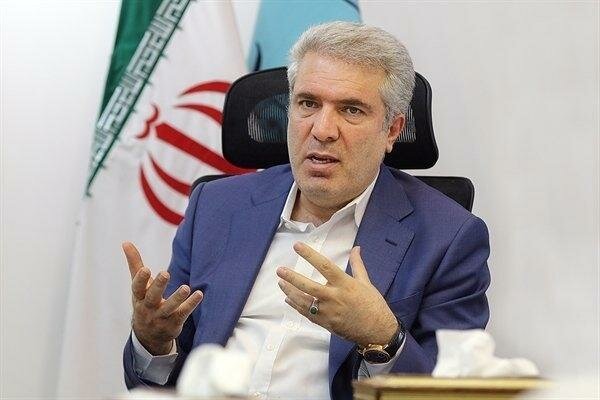Travel in Iran grows over Persian New Year holidays

TEHRAN - People in Iran made 74 million overnight stays in their domestic trips during the Persian New Year (Noruz) holidays, an increase of 20 percent year on year, Iran tourism chief announced on Sunday.
The statistics takes into account travels from March 18 to April 6, an extended span of time which covers official New Year holidays, starting March 21.
Some 132 million visits to tourist attractions have been registered during the mentioned period, which shows a 34 percent growth year on year, meaning each traveler visited seven tourist spots on average, Cultural Heritage, Handicrafts and Tourism Organization Director Ali-Asghar Mounesan said.
He made the remarks in a press conference, ISNA reported.
The provinces of Mazandaran, Gilan, Bushehr, Khorasan Razavi, Hormozgan, Khuzestan, and Fars attracted highest numbers of holidaymakers, the official said.
A phenomenon of this year’s Noruz trips was Chaharmahal-Bakhtiari province, which as a lesser-known destination, registered 206 percent year-on-year increase in attracting travelers.
Mounesan, who doubles as vice president, referred to outbound travels, saying, this year, major parts of the outbound journeys were made overland, which is “important to us” because it led to a distribution of income within the country.
Outbound travels via land witnessed 27.5 percent increase in comparison to the same period last year while the figure for air travels shows 7.2 percent of growth, the official explained.
Earlier in March, Mounesan estimated that domestic trips would grow by 20 percent over the New Year holidays, saying “This year, there have been three million dropping out of foreign travels, and if this [figure] is to be added to domestic travels, we will have a 20 percent increase in [the number of domestic] travels during Noruz.”
Iranians make hundreds of thousands of domestic trips during the New Year holidays, when most businesses and workplaces are closed, as are schools. The country hosts some of the world’s oldest cultural monuments, including 22 UNESCO World Heritage Sites.
AFM/MQ/MG
Leave a Comment